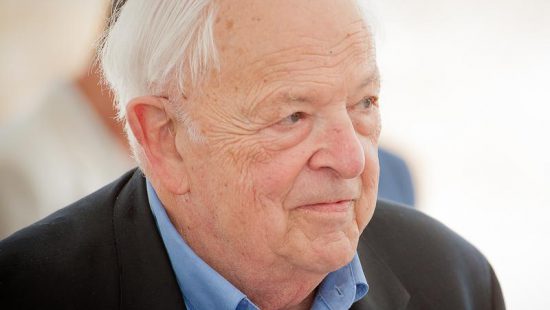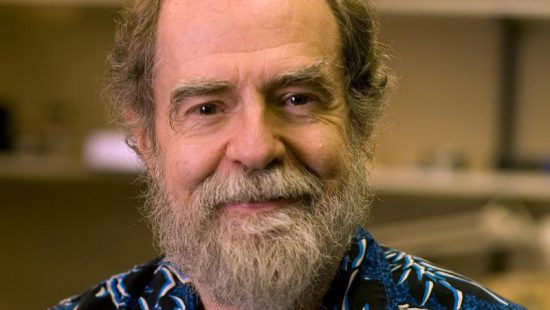As a high school student, Albert W. Overhauser had a teacher who inspired him to become a physicist, giving up aspirations to be a civil engineer. Overhauser received his Ph.D. in physics at the University of California, Berkeley under his advisor Charles Kittel.
Early on in Overhauser’s career he made a groundbreaking discovery, now known as the Overhauser effect. He developed a theory of dynamic nuclear polarization, which said that the nuclear polarization in a metal could be increased 1,000-fold if one excited the resonance of the conduction electron spins sufficiently strongly.
Since his original discovery, the Overhauser effect has been used in nuclear magnetic resonance applications to determine the structure of proteins and other molecules. The nuclear Overhauser effect is considered by many to be the most powerful tool for determining the structure of complex biological molecules, and is used in a wide variety of fields including chemistry, biomedical sciences, clinical medicine, pharmacology, physics and structural biology.
By Jen Santisi







